I've kept five quails so far and raised none from chicks. I've heard they're fairly easy to tame, but I didn't have much luck with this. I've housed them in smaller cages, large aquariums and outdoor runs with pheasants. Never saw any aggression from these birds.
They're fascinating to watch and listen to and have a stunning array of vocalizations, including a call that reminded me of laser gun noises from old shows. Their "crow" is very odd but much quieter than a chicken's.
They won't roost but relish dust baths and are super cute when bathing... or doing pretty much anything else.
I would eventually like to get more of them.
They're fascinating to watch and listen to and have a stunning array of vocalizations, including a call that reminded me of laser gun noises from old shows. Their "crow" is very odd but much quieter than a chicken's.
They won't roost but relish dust baths and are super cute when bathing... or doing pretty much anything else.
I would eventually like to get more of them.

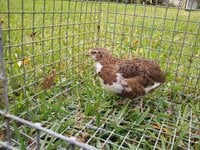
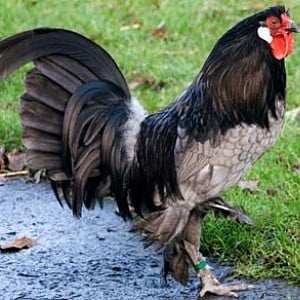
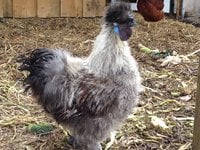
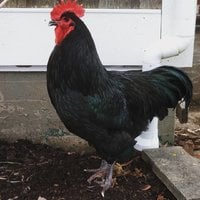
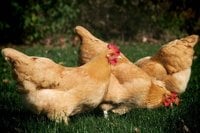

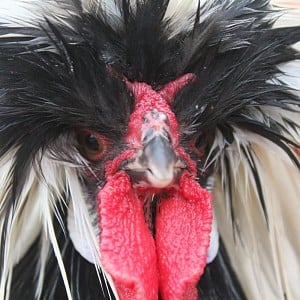
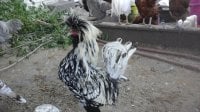
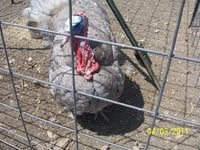
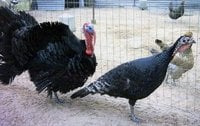
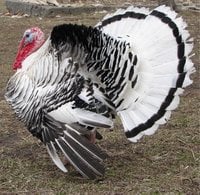

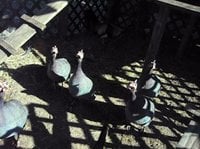
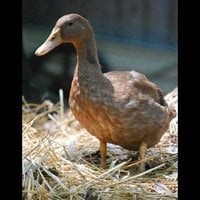
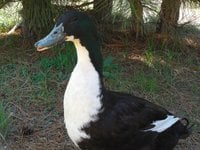
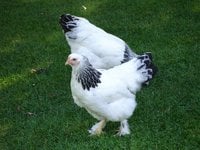
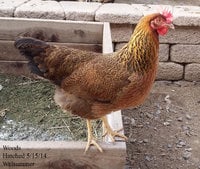

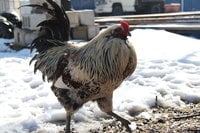
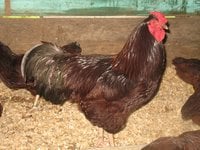
 If he saw anyone doing something, he would immediately attempt the same thing (didn't always work well, and he picked up a lot of bad habits from other roosters). He was extremely protective of the girls and didn't hesitate to charge animals that did not belong in the yard. He knew which cats were safe and which weren't and didn't put up with any "funny business" from neighborhood pets and strays. Never pecked or spurred anything, but the animals always knew he was serious enough that they left anyway.
If he saw anyone doing something, he would immediately attempt the same thing (didn't always work well, and he picked up a lot of bad habits from other roosters). He was extremely protective of the girls and didn't hesitate to charge animals that did not belong in the yard. He knew which cats were safe and which weren't and didn't put up with any "funny business" from neighborhood pets and strays. Never pecked or spurred anything, but the animals always knew he was serious enough that they left anyway.